Home>diy>Architecture & Design>How To Design A House On A Budget
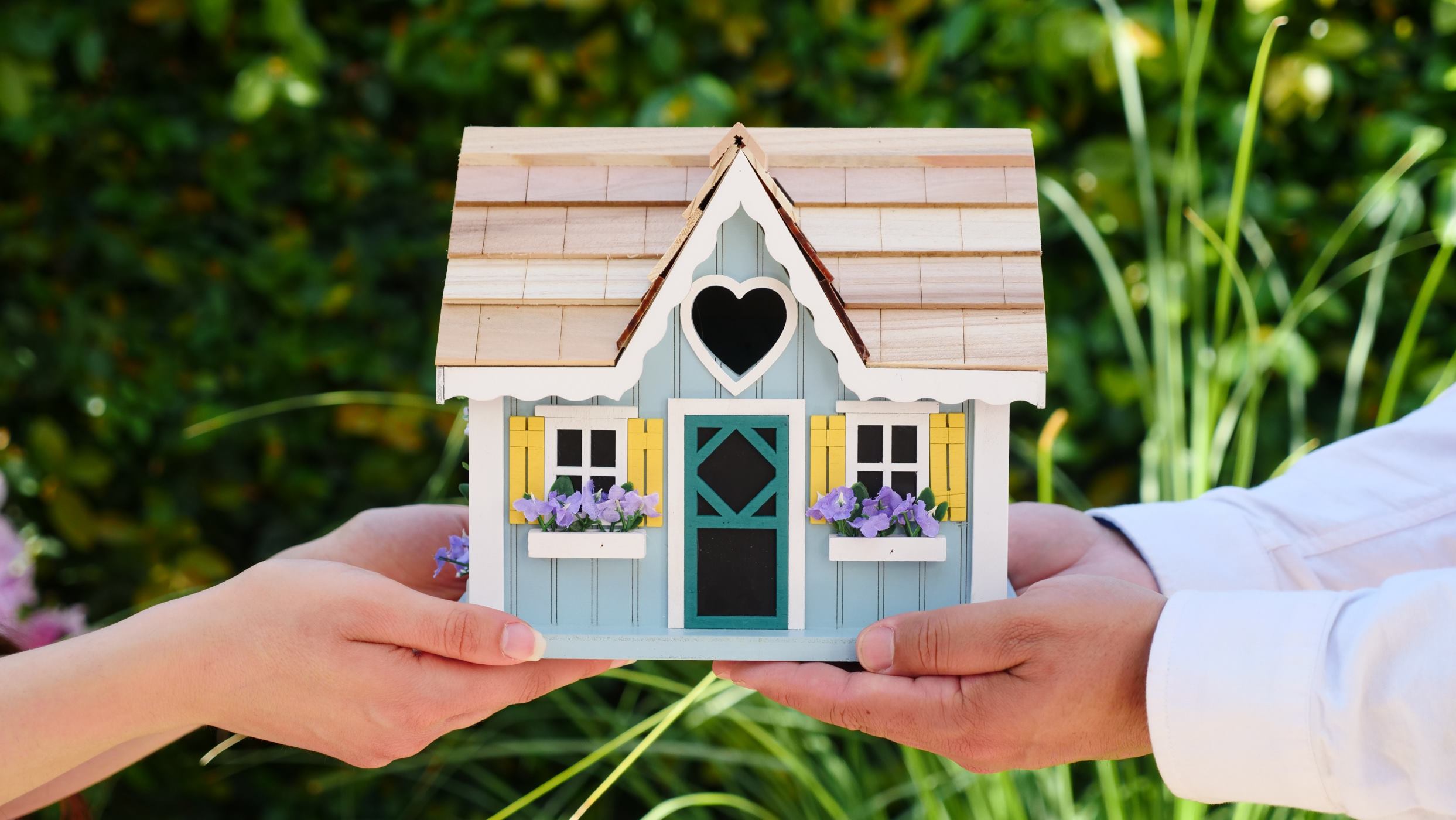

Architecture & Design
How To Design A House On A Budget
Modified: October 20, 2024
Learn how to design a stunning house on a budget with expert architecture design tips. Create your dream home while saving money and staying within your means.
(Many of the links in this article redirect to a specific reviewed product. Your purchase of these products through affiliate links helps to generate commission for Storables.com, at no extra cost. Learn more)
Introduction
Designing and building a house is an exciting endeavor, but it can also be a costly one. Many people believe that creating a beautiful and functional home requires a substantial budget. However, with careful planning and smart decision-making, it is possible to design a house on a budget without compromising on quality or style.
In this article, we will explore ten practical steps to help you design a house that is both affordable and aesthetically pleasing. From determining your budget to considering alternative financing options, we will provide you with valuable insights and tips on how to achieve your dream home without breaking the bank.
So, let’s dive in and discover the art of designing a house on a budget!
Key Takeaways:
- Designing a budget-friendly house involves prioritizing essential features, researching cost-effective materials, and considering alternative financing options. By making strategic choices and staying proactive, you can achieve your dream home without overspending.
- Embracing DIY projects, repurposing materials, and prioritizing regular maintenance are key elements in designing a house on a budget. With creativity and careful planning, you can create a beautiful and functional home while staying within your financial means.
Read more: How To Budget For Building A House
Step 1: Determine your budget
The first and most crucial step in designing a house on a budget is determining your financial limitations. Take the time to evaluate your financial situation and set a realistic budget for your project. This will help you make informed decisions and avoid any future financial strain.
Start by assessing your available funds. Consider your savings, income, and any potential financing options you may have. It is essential to have a clear understanding of how much you can afford to spend on your house design.
Next, outline your priorities. Decide which aspects of your house are non-negotiable and central to your vision. This could include the number of rooms, desired amenities, or specific design features. By identifying your priorities, you can allocate your budget accordingly and ensure you invest in the areas that matter most to you.
It’s also essential to factor in potential additional expenses, such as permits, inspections, and unexpected costs. Leave some room in your budget for these contingencies to avoid any financial surprises along the way.
Remember, being realistic about your budget is key. While it may be tempting to stretch your finances to achieve your dream home, it is vital to stay within your means to maintain financial stability.
Once you have determined your budget, keep it in mind throughout the entire design and construction process. Refer back to it regularly to ensure you stay on track and make informed decisions that align with your financial goals.
By taking the time to determine your budget upfront, you lay a solid foundation for designing a house that not only meets your needs and desires but also fits your financial capabilities.
Step 2: Research cost-effective building materials
Choosing the right building materials can significantly impact your budget when designing a house. By conducting thorough research and exploring cost-effective options, you can save money without compromising on quality or aesthetics.
Start by researching alternative materials that offer similar benefits to conventional options but at a lower cost. For example, consider using engineered wood instead of solid hardwood flooring or opting for vinyl siding instead of pricey brick or stone exteriors. These alternatives can provide the same functionality and appeal while being more budget-friendly.
Additionally, explore locally sourced or recycled materials. Locally sourced materials often have lower transportation costs, reducing overall expenses. Recycled materials, such as reclaimed wood or salvaged fixtures, can add unique character to your home while being environmentally friendly and cost-effective.
Comparing prices and obtaining multiple quotes from different suppliers is also crucial. Don’t settle for the first option you come across; instead, take the time to shop around and negotiate prices. Suppliers may offer discounts or deals for bulk purchases or may have promotions that can help you save money.
Consider joining online forums or communities where homeowners and builders share their experiences and recommendations for affordable building materials. These platforms can provide valuable insights and tips for selecting cost-effective options without compromising on quality or durability.
Finally, remember to consider the long-term cost savings of certain materials. Energy-efficient options, such as insulated windows or energy-saving appliances, may have a higher upfront cost but can result in significant savings on your utility bills over time. Balancing immediate expenses with long-term savings is essential for designing a house on a budget.
By investing time in researching cost-effective building materials, you can find affordable options that meet your budget requirements while still achieving the desired look and functionality for your dream home.
Step 3: Choose a simple house design
When designing a house on a budget, opting for a simple and straightforward design can help reduce costs significantly. Simplifying the design doesn’t mean compromising on style or functionality; rather, it involves making strategic choices to minimize construction and maintenance expenses.
Start by considering the size of your house. Larger homes inherently require more materials and labor, increasing the overall cost. Choosing a smaller footprint can help save money while still providing the necessary living space. Focus on optimizing the layout to maximize functionality and efficiency rather than adding unnecessary square footage.
Additionally, stick to a basic architectural style. Intricate architectural details and complex designs often come with higher construction costs. By choosing a simple and timeless design, you can reduce both material and labor expenses. Clean lines, minimalist facades, and straightforward floor plans can create a modern and elegant look without breaking the bank.
Another area where simplicity can save you money is in the roofing design. Complex rooflines with multiple peaks and valleys require more materials and involve additional labor. Opting for a straightforward roof design, such as a gable or hip roof, can be more cost-effective while still providing durability and adequate protection.
Moreover, consider the interior finishes and materials. High-end finishes and luxury materials can quickly drive up the overall cost of your house. Instead, choose more affordable options that mimic the look and feel of expensive materials. For example, laminate countertops can give the appearance of granite or marble at a fraction of the cost.
Lastly, streamline the overall design process. Keep in mind that changes or modifications throughout the construction process can be expensive and time-consuming. By carefully planning and finalizing your house design before construction begins, you can avoid costly alterations later on.
Remember, simplicity doesn’t mean sacrificing style or functionality. A well-designed and thoughtfully planned house can be both aesthetically pleasing and budget-friendly. By choosing a simple house design, you can optimize your budget and create a home that suits your needs and preferences.
Step 4: Maximize space and functionality
When designing a house on a budget, maximizing space and functionality is essential. By making smart design choices and optimizing the layout, you can create a home that feels spacious and efficient without incurring unnecessary costs.
Start by carefully assessing your space needs and planning the layout accordingly. Consider how each room will be used and prioritize functionality. Avoid wasted spaces or unnecessary rooms that can drive up construction and maintenance costs. Instead, focus on creating multi-purpose areas that can serve multiple functions, such as a combined living and dining space or a home office that doubles as a guest room.
Utilize vertical space effectively by incorporating storage solutions that maximize both functionality and aesthetics. Built-in shelves and cabinets can provide ample storage without the need for additional furniture, saving both floor space and money. Look for creative storage solutions, such as under-stair storage or utilizing wall niches, to optimize every inch of your home.
Open floor plans can also help create a sense of spaciousness without the need for additional walls. By eliminating unnecessary partitions, you can create a flow between rooms and allow for more natural light, making the space feel larger and more inviting.
Consider incorporating flexible and adaptable design elements. This allows for future modifications and adjustments as your needs change, eliminating the need for costly renovations down the line. For example, instead of building a separate playroom for your children, design a versatile space that can easily transition into a home office or guest room as your family grows.
Maximizing space and functionality also means efficient use of natural resources. Strategically position windows to maximize natural light and ventilation, reducing the need for artificial lighting and cooling systems. This can significantly lower energy costs in the long run.
By prioritizing space optimization and functionality in your house design, you can create a home that feels spacious, efficient, and tailored to your needs, all while staying within your budget.
Read more: Creating A Cozy Breakfast Nook On A Budget
Step 5: Opt for energy-efficient solutions
Designing a house on a budget goes hand in hand with prioritizing energy efficiency. By incorporating energy-efficient solutions into your design, you can save money on utility bills and reduce your environmental impact in the long run.
Start by focusing on insulation. Proper insulation is key to maintaining a comfortable indoor temperature and reducing energy waste. Invest in high-quality insulation materials for walls, roofs, and floors, as they can help regulate temperature, minimize heat loss or gain, and lower your heating and cooling costs.
Windows are another area where energy efficiency plays a significant role. Opt for energy-efficient windows that have a low U-factor and a high Solar Heat Gain Coefficient (SHGC). These windows can help reduce heat transfer and provide better insulation, resulting in lower energy consumption.
Choose energy-saving appliances and fixtures throughout your house. Look for appliances with the Energy Star label, as they meet strict energy efficiency standards. Energy-efficient lighting, such as LED bulbs, is also a cost-effective choice that can significantly reduce your electricity usage.
Consider incorporating renewable energy sources into your design, such as solar panels. While the upfront cost of solar panels may seem daunting, they can provide long-term savings by generating clean and sustainable energy. Research government incentives or financing options that can help make solar panel installation more affordable.
Implement smart home technology to optimize energy usage. Smart thermostats, for example, can automatically adjust temperature settings based on occupancy and can be programmed to save energy during certain times of the day. This can help reduce both heating and cooling costs.
Finally, design your landscaping with energy efficiency in mind. Plant deciduous trees strategically to provide shade in the summer, reducing the need for excessive cooling. In winter, these trees can shed their leaves, allowing sunlight to penetrate and warm your home.
By incorporating energy-efficient solutions into your house design, you can reduce your carbon footprint and save money on utility bills over time. With careful planning and consideration, you can achieve a sustainable and energy-smart home without compromising your budget.
Consider using cost-effective materials such as concrete floors, plywood for cabinets, and laminate countertops. Opt for simple designs and prioritize essential features to stay within budget.
Step 6: DIY projects and repurposing
When designing a house on a budget, embracing do-it-yourself (DIY) projects and repurposing materials can be a game-changer. By taking on certain tasks yourself and finding creative ways to repurpose items, you can significantly reduce costs while adding personal touches to your home.
Start by identifying which tasks you can confidently handle on your own. DIY projects such as painting walls, installing flooring, or assembling furniture can save you money on labor costs. However, be aware of your limitations and know when it’s best to bring in professionals for more complex tasks like electrical or plumbing work.
Repurposing materials not only helps save money but also adds unique character to your home. Look for salvaged or second-hand items that can be creatively repurposed. For example, an old wooden door can be transformed into a charming dining table, or vintage windows can make for beautiful decorative art pieces or room dividers.
Consider visiting thrift stores, flea markets, or online marketplaces to find affordable furniture and decor pieces. With a little creativity and some DIY skills, you can upcycle and transform these items to suit your style and needs.
Embrace the concept of “reduce, reuse, and recycle” when it comes to construction materials. Look for used or surplus building materials that are still in good condition. Many salvage yards or online platforms specialize in selling reclaimed materials, including bricks, wood, tiles, and more.
By repurposing materials and undertaking DIY projects, you not only save money but also create a unique and personalized home. It’s a wonderful opportunity to unleash your creativity and make your house truly one-of-a-kind.
Just remember to plan your DIY projects carefully, budget for materials and tools, and allocate enough time for completion. Don’t hesitate to seek guidance from tutorials, books, or online resources to ensure successful and safe execution of your DIY endeavors.
Embrace the joy of DIY and repurposing, and watch as your budget-friendly house becomes a reflection of your creativity and resourcefulness.
Step 7: Compare and negotiate prices with contractors
When designing a house on a budget, it’s crucial to compare and negotiate prices with contractors to ensure you’re getting the best value for your money. By taking the time to research and communicate effectively, you can potentially save a significant amount of money on construction costs.
Start by gathering multiple quotes from different contractors. Reach out to reputable contractors in your area and provide them with a detailed project brief. Ask for itemized quotes that break down the costs of materials, labor, and any additional services. This will allow you to compare the prices more accurately and make informed decisions.
When comparing quotes, be wary of unusually low or high prices. Extremely low prices may indicate subpar quality or hidden costs, while significantly high prices may not align with your budget. Look for quotes that offer a reasonable balance between cost and quality.
Once you have several quotes in hand, take the time to meet with each contractor individually. Discuss your budget and expectations openly and ask any questions you may have. This is an opportunity to clarify any doubts, get a better understanding of the contractor’s expertise, and evaluate their professionalism and communication skills.
Don’t be afraid to negotiate with contractors. In many cases, they may be willing to adjust the prices or offer discounts to secure the project. Be polite, but firm, in expressing your budget constraints and inquire about any cost-saving suggestions they may have. Negotiating can often lead to potential savings without compromising the quality of work.
Additionally, be mindful of potential cost-cutting measures that contractors may propose. They may have insights and recommendations on more affordable construction methods or alternative materials that can help reduce expenses. However, always conduct your own research to ensure these suggestions align with your vision and standards.
Remember, communication is key throughout the entire process. Maintain an open dialogue with contractors, ensuring that everyone is on the same page regarding expectations, timelines, and costs. A clear and transparent relationship can help avoid misunderstandings and unnecessary expenditures.
By comparing prices, meeting with contractors, and negotiating effectively, you can find the right balance between cost and quality for your house design. With careful consideration, you’ll be able to select a contractor that aligns with your budget and vision, ultimately saving you money in the long run.
Step 8: Consider alternative financing options
When designing a house on a budget, exploring alternative financing options can provide additional flexibility and savings. Traditional home loans may not always be the most suitable choice, so it’s worth considering other avenues to fund your project without breaking the bank.
One option is to explore government-backed loan programs specifically designed for affordable housing. These programs can offer lower interest rates, down payment assistance, or favorable terms for qualifying borrowers. Research the available programs in your area and determine if you meet the eligibility criteria.
Another option is to investigate community or local banks that specialize in financing home construction. These institutions may have more flexible lending guidelines and can work with you to create a financing plan that aligns with your budget. Building a relationship with a local lender may also give you access to personalized advice and support throughout the construction process.
Crowdfunding platforms have gained popularity as an alternative method of financing. Consider utilizing these platforms to present your house design project and business plan to potential investors. This approach allows individuals to contribute smaller amounts towards your project, which can collectively add up to significant funding while providing you with greater financial flexibility.
Furthermore, explore the option of a construction-to-permanent loan, which allows you to finance the construction phase and then convert it into a traditional mortgage once the house is complete. This can simplify the financing process and potentially reduce costs associated with multiple loan applications and closings.
If you have existing equity in another property, you may consider a home equity loan or line of credit to finance your new house design. These options leverage the equity in your current property and often offer more favorable interest rates compared to traditional construction loans.
Remember to carefully evaluate the terms, interest rates, fees, and repayment schedules of any financing options you consider. Compare multiple lenders or sources to ensure you’re getting the best deal available.
By exploring alternative financing options, you can potentially find more affordable and flexible ways to fund your house design. Each option has its own advantages and considerations, so it’s important to do thorough research and consider your specific financial situation before making a decision.
Read more: Building A Peaceful Zen Garden On A Budget
Step 9: Prioritize essential features and postpone non-essential ones
When designing a house on a budget, it’s important to prioritize the essential features that are crucial to your needs and lifestyle. By focusing on what truly matters and postponing non-essential elements, you can allocate your budget effectively and avoid unnecessary expenses.
Start by identifying the must-have features in your house design. These could include the number of bedrooms and bathrooms required, a functional kitchen, or a dedicated workspace. Consider your family’s needs and prioritize accordingly. By focusing on the essential features, you ensure that your house provides the necessary functionality to support your daily activities.
Postpone non-essential features or design elements that can be added at a later stage. For example, opt for basic flooring options initially and upgrade to more luxurious materials in the future. Delaying the installation of features like landscaping, swimming pools, or elaborate exterior finishes can also help manage costs during the construction phase.
Emphasize durability and quality when selecting materials and fixtures for essential areas. Invest in high-quality items that will stand the test of time and require less maintenance or replacement in the future. Prioritizing quality ensures that your home remains in good condition for years to come, saving you money on repairs and replacements.
Consider the long-term value of certain features. While they may not be essential at the moment, they might enhance the resale value of your home in the future. Evaluate the potential return on investment carefully before incorporating any non-essential features into your initial design.
Remember, you can always update and enhance your home over time as your budget allows. Prioritizing the essentials now and postponing non-essential features allows you to spread out expenses and build your dream home incrementally.
Regularly review your priorities and adjust your plans as needed. As your financial situation improves, you can revisit the postponed features and explore adding them to your home design. The key is to maintain flexibility and adaptability throughout the process.
By prioritizing essential features and postponing non-essential ones, you can create a functional and comfortable home that meets your needs while staying within your budget. It’s all about making strategic choices and considering the long-term value of each feature.
Step 10: Regular maintenance to avoid future expenses
When designing a house on a budget, it’s important to prioritize regular maintenance to prevent future expenses. By implementing a proactive maintenance plan, you can identify and address potential issues early on, saving you money on costly repairs and replacements down the line.
Create a maintenance schedule and stick to it. Regularly inspect your home’s exterior and interior, including the roof, walls, windows, plumbing, electrical systems, and HVAC. Look for any signs of damage, leaks, or wear and tear. Addressing these issues promptly can prevent them from becoming more severe and costly to fix.
Invest in routine maintenance tasks such as cleaning gutters, replacing HVAC filters, and trimming trees or shrubs near your house. By keeping gutters clear, you can prevent water damage and potential foundation issues. Regularly changing air filters improves the efficiency of your HVAC system and reduces the risk of breakdowns. Trimming trees and shrubs helps prevent damage to your house’s exterior and minimizes the risk of pests.
Stay vigilant about moisture control to avoid costly problems like mold or mildew. Ensure proper ventilation in areas prone to excess moisture, such as bathrooms, kitchens, and basements. Fix any plumbing leaks or drainage issues promptly to prevent water damage and the growth of mold or mildew.
Regularly maintain and service your appliances and equipment. This includes cleaning the refrigerator coils, descaling water heaters, and flushing out sediments from faucets and showerheads. Proper maintenance not only extends the lifespan of your appliances but also helps them operate efficiently, reducing energy consumption and potential repair costs.
Stay updated with routine maintenance tasks like painting, sealing, or treating surfaces. Regularly inspect your house’s exterior for signs of peeling paint, cracks, or weather damage. Address these issues promptly to prevent further damage and deterioration.
Don’t overlook the importance of seasonal maintenance. Prepare your house for seasonal changes, such as winterizing your plumbing to prevent freezing or sealing windows and doors for better insulation. Taking the necessary measures to protect your home from the elements can save you money on energy bills and potential repairs.
By adopting a proactive approach to maintenance, you can minimize the risk of major issues arising and ensure your house remains in good condition. Regular upkeep saves you money in the long run by preventing costly repairs and preserving the value of your home.
Remember, prevention is key. By investing time and effort in regular maintenance, you are not only safeguarding your investment but also maintaining a comfortable and safe living environment for you and your family.
Conclusion
Designing a house on a budget may require some extra planning and decision-making, but it is entirely possible to create a beautiful and functional home without breaking the bank. By following the ten steps outlined in this article, you can optimize your budget, prioritize essential features, and make smart choices throughout the design and construction process.
Determining your budget and setting realistic expectations is the first crucial step. Research cost-effective building materials, compare prices with contractors, and consider alternative financing options to find the best value for your money. Opt for a simple house design that maximizes space and functionality while embracing energy-efficient solutions to reduce long-term expenses.
Utilize DIY projects and repurposing to add personal touches and save money on materials and labor. Prioritize essential features and postpone non-essential ones, allowing for future upgrades as your budget allows. Lastly, staying on top of regular maintenance will help you avoid costly repairs and keep your home in excellent condition.
Remember, designing a house on a budget is all about making strategic choices and being mindful of your financial limitations. By staying creative, proactive, and diligent, you can achieve your dream home without compromising on quality or style.
So, take the leap, embark on your budget-friendly house design journey, and enjoy the satisfaction of creating a space that reflects your vision and fits your financial capabilities.
Frequently Asked Questions about How To Design A House On A Budget
Was this page helpful?
At Storables.com, we guarantee accurate and reliable information. Our content, validated by Expert Board Contributors, is crafted following stringent Editorial Policies. We're committed to providing you with well-researched, expert-backed insights for all your informational needs.
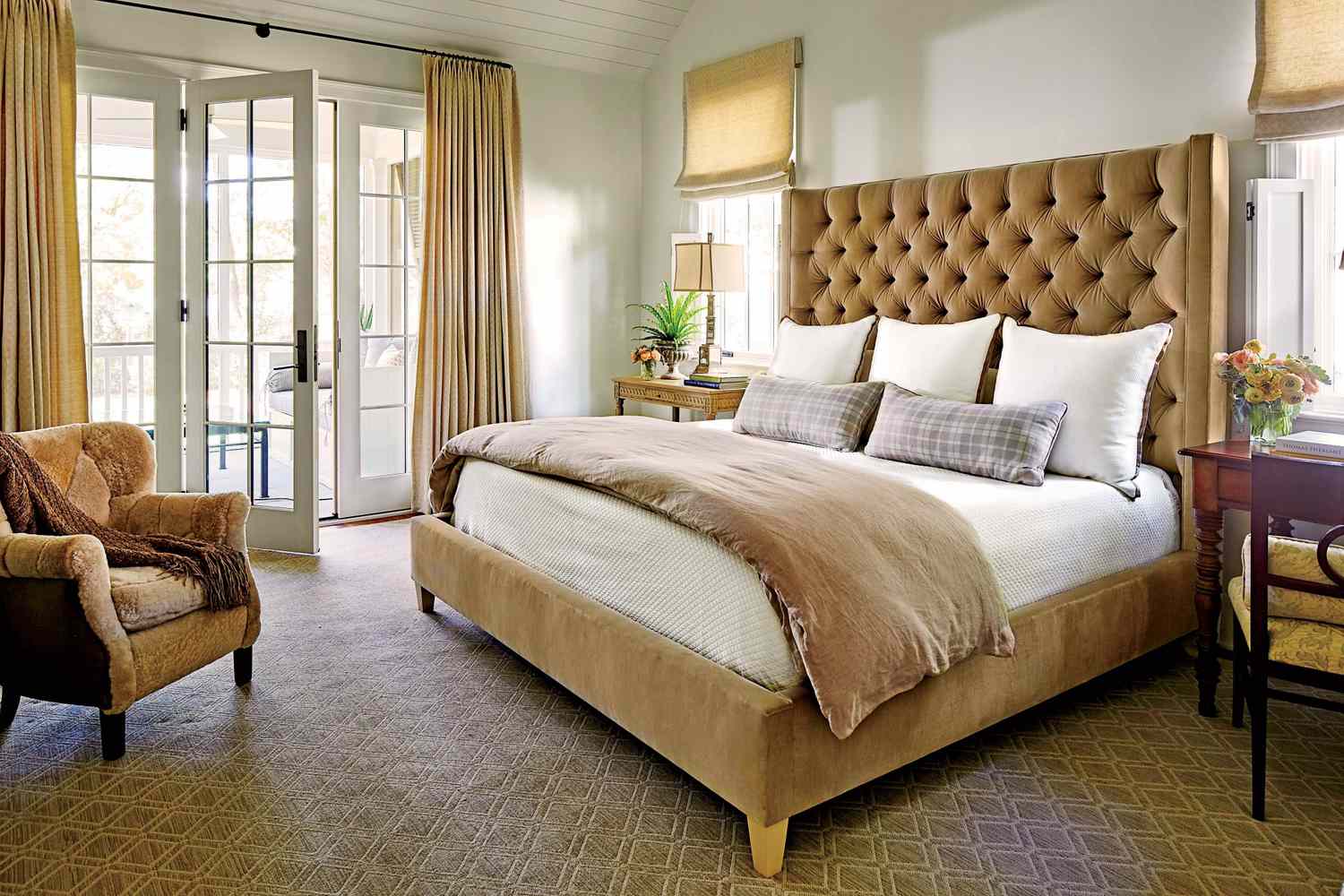

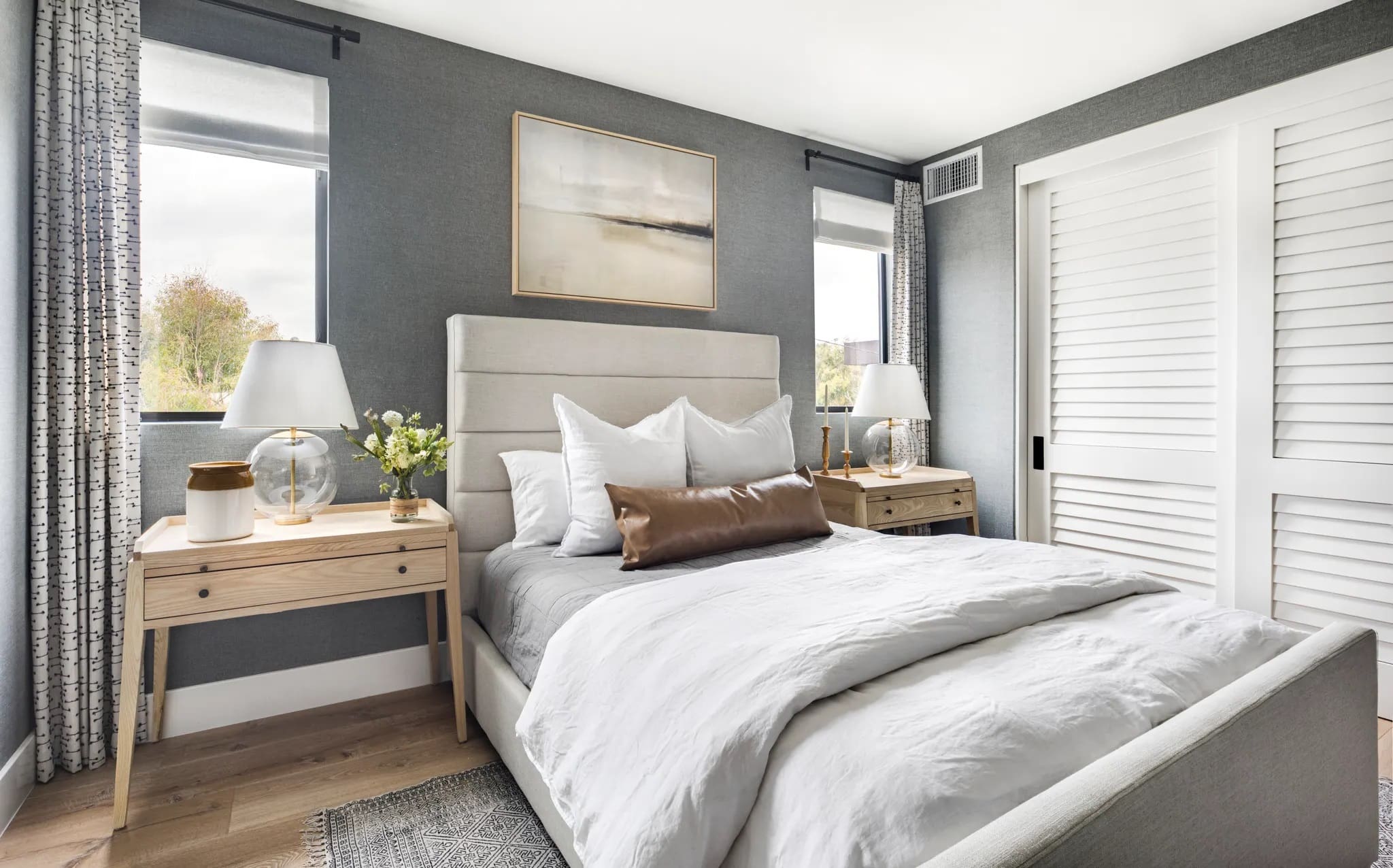
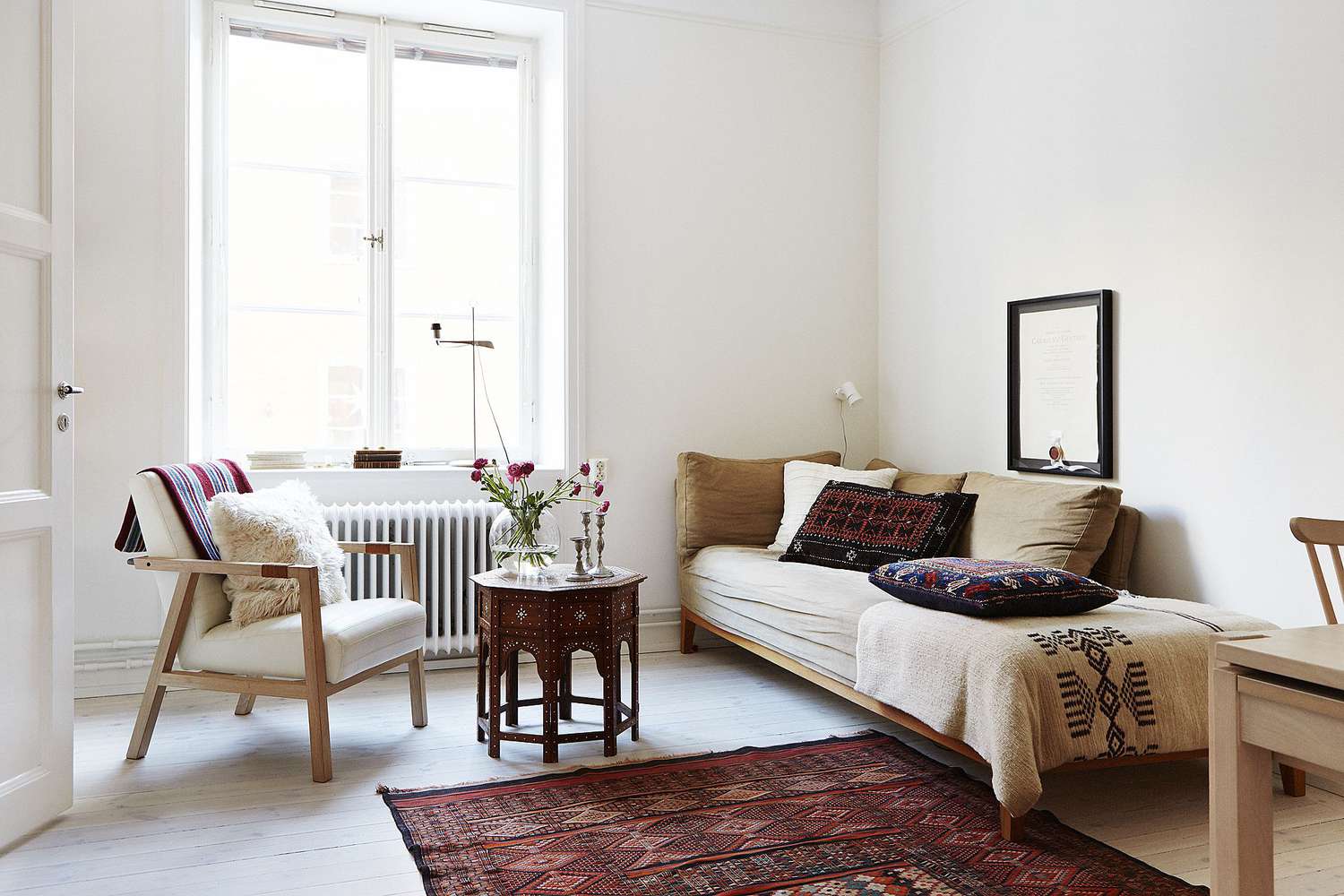
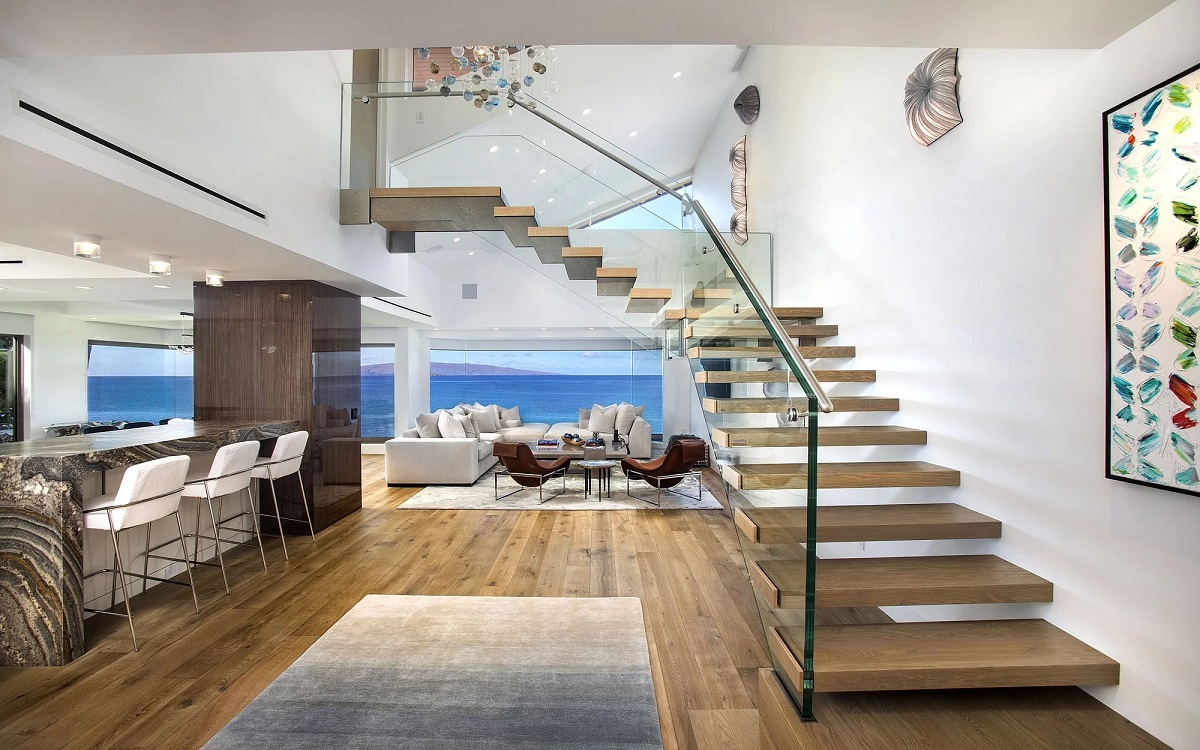


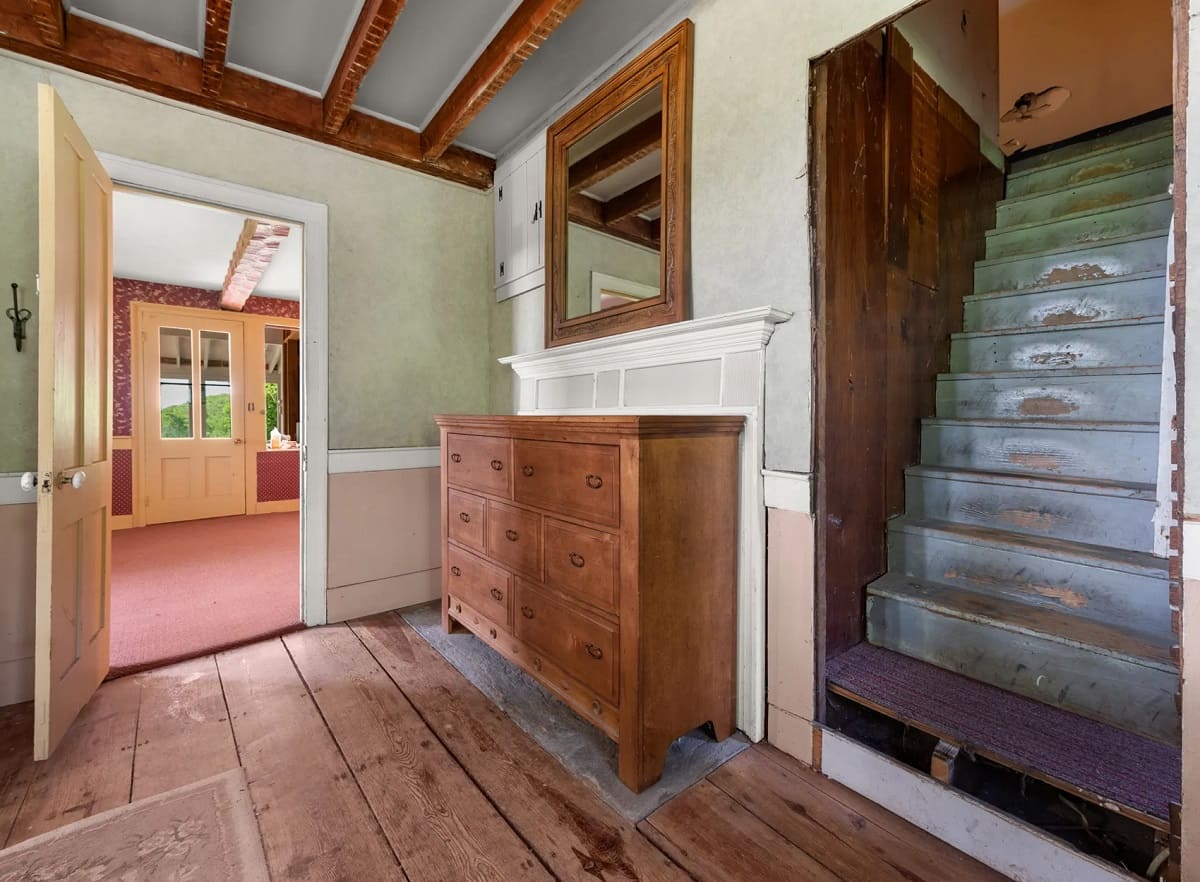
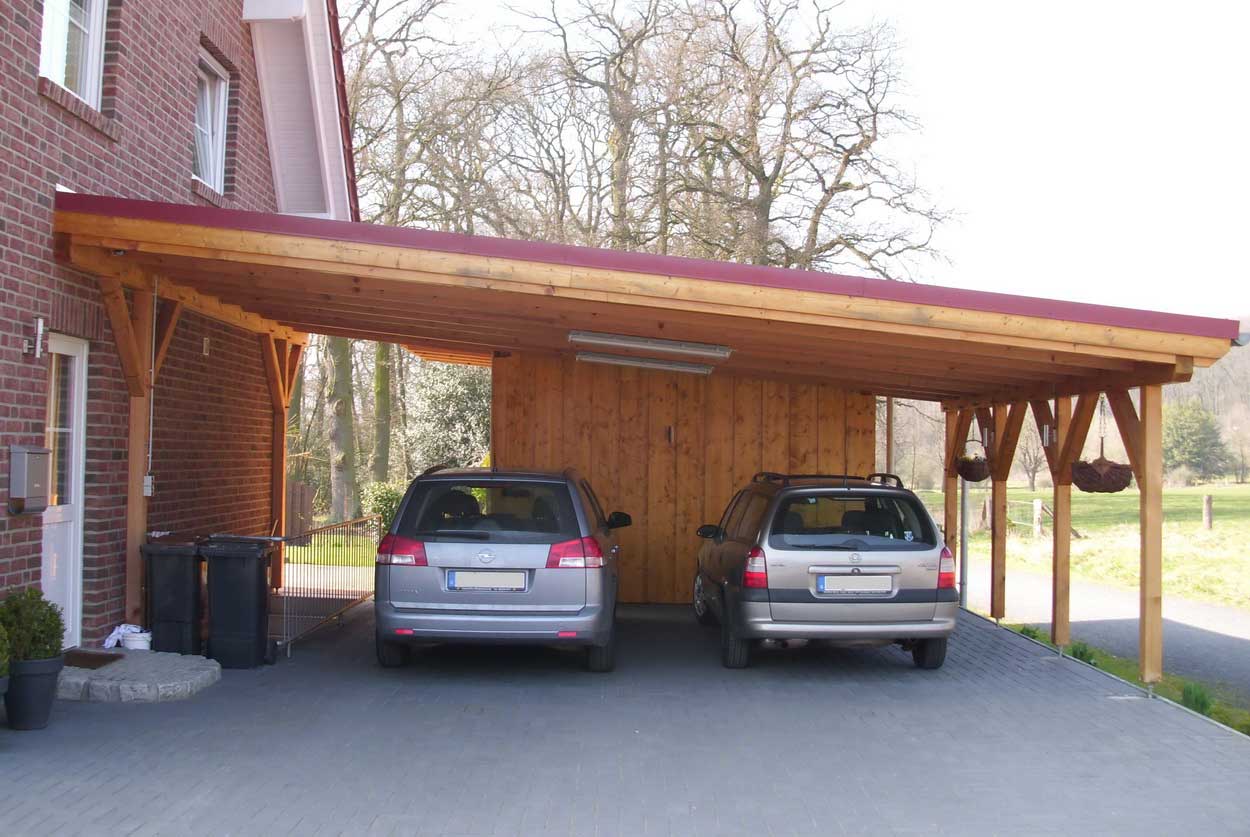
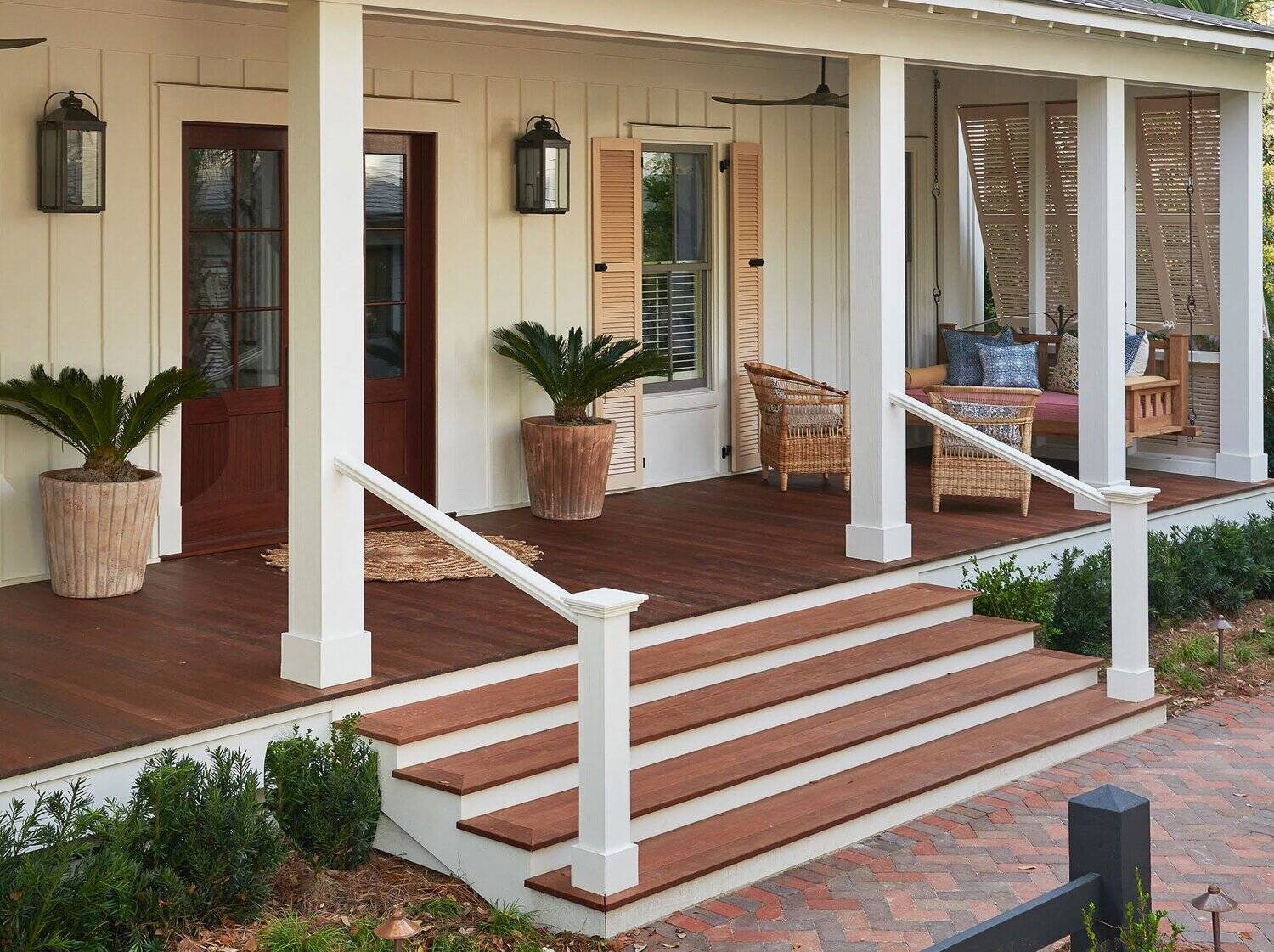
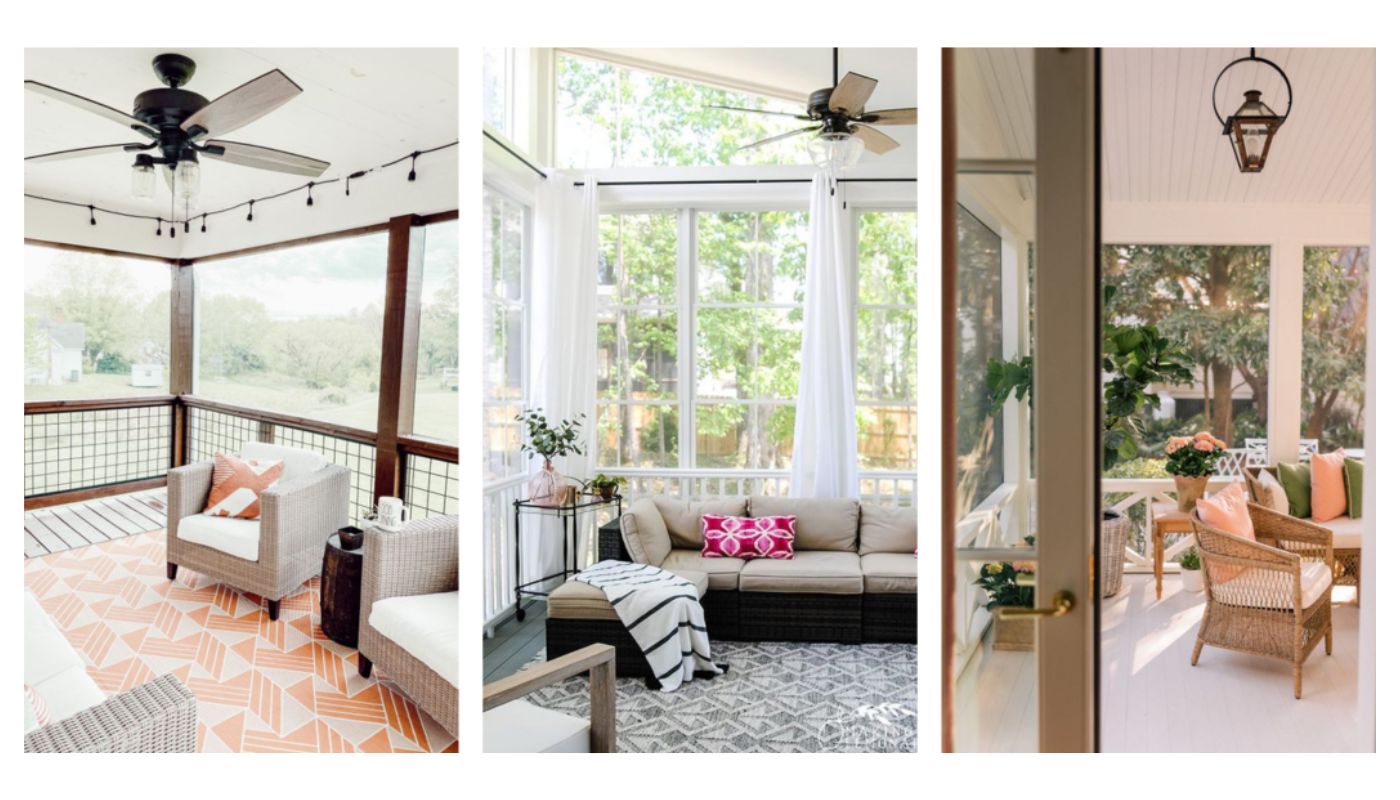

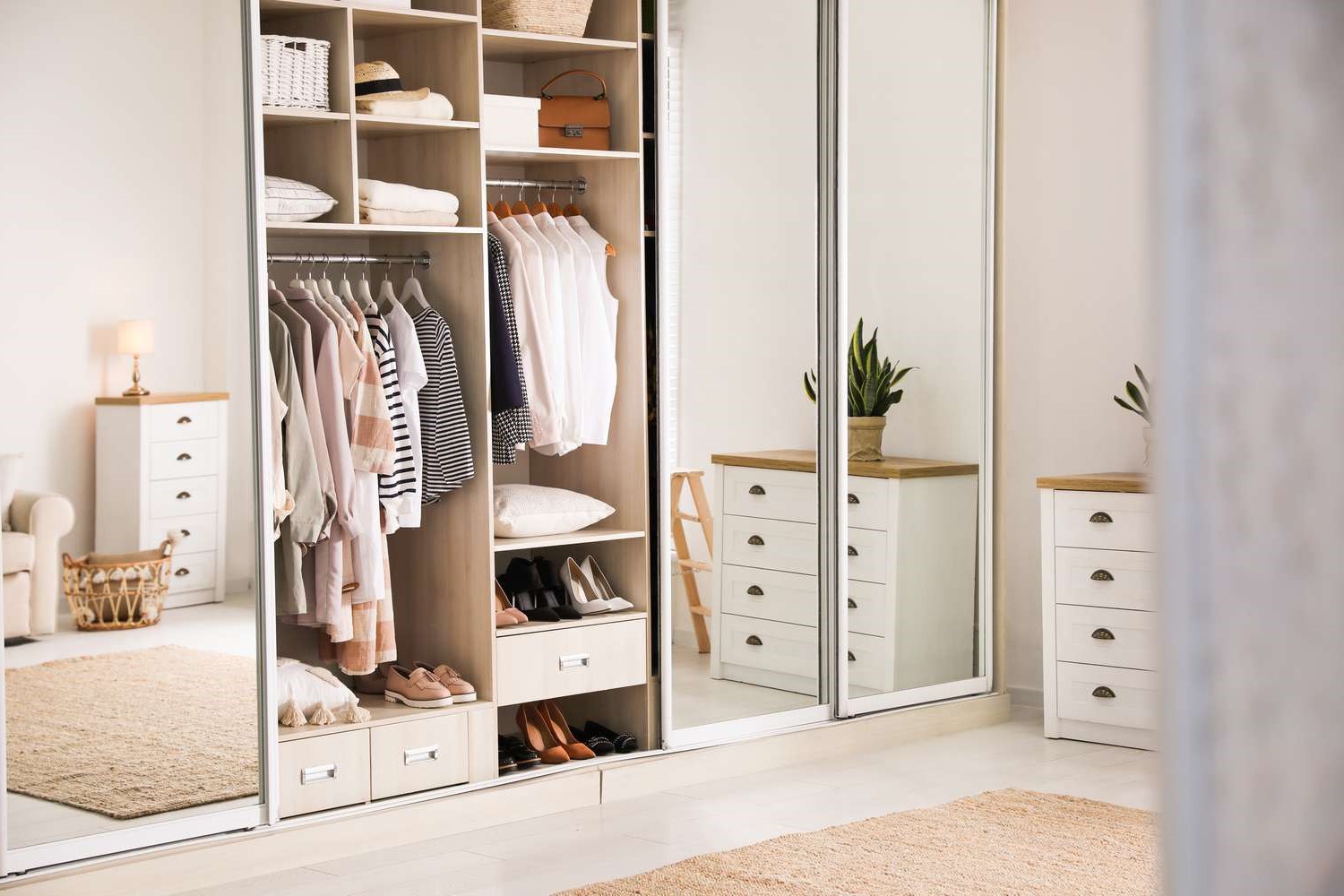

0 thoughts on “How To Design A House On A Budget”